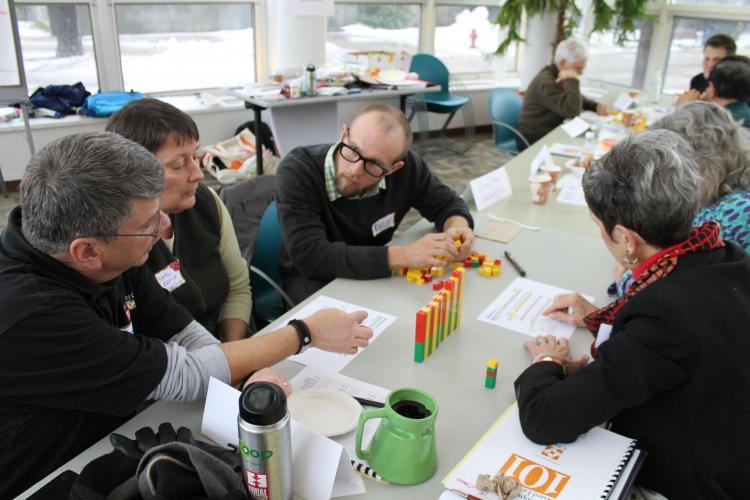Building Cooperative Approaches

Looking at today’s social needs, approaches that are based on common interests are both threatened by a dysfunctional political economy and made more attractive by its failures. No need to discuss those damages here, except that the ruling group is likely to bring more—the bandage is being ripped off.
Few deep solutions can be expected from Washington—its “Empire of Lies” feeds many of the problems, and that’s why so many people are fed up with the status quo. What to do? A large majority of the population could benefit from more cooperative, public, and shared solutions for many basic needs, from transportation to health care to childcare, cleaner food, and conservation. National Cooperative Business Association (ncba.coop) sent its own memo to the president-elect in December.
Such solutions have been successfully fought for in the past and will need to be developed, advanced, and protected—at several levels and with multiple stakeholders.
Cooperatives and public ownership are hardly the same, but these and other “commons” solutions share important values and assumptions—purposes that are service-driven and structures that support greater accountability than most private, profit-driven enterprise. The existence and potential of cooperative and public structures still offer important room for strategic directions at the community, municipal, and state levels.
Examples in various fields—rural electric cooperatives and broadband access, public water systems and water cooperatives, community-based food co-ops and farmland trusts—are existing models that can be borrowed and expanded. Circumstances of strong need, which we now face, often support cooperative and shared approaches.
Herein, you will find a range of stories illustrating cooperative challenges and responses.
Marquette Food Co-op details its collaboration with Michigan public institutions to launch and support an ongoing virtual food hub for local growers. One early project was a successful trial of small growers becoming certified as a group for food safety Good Agricultural Practices.
We present an updated survey of general manager compensation, thanks to Carolee Colter and food co-ops’ data sharing. Colter’s report provides figures on what co-ops currently provide to their leading employee, enabling boards to judge whether what their co-op offers is generous, typical, or anomalous.
Years of development work are behind new cooperative stores, and that is true for both of the impressive examples in this issue—North Carolina’s Renaissance Community Co-op, in its first year, and California’s Sacramento Natural Foods Co-op, in its forty-third year. Congratulations to these cooperative communities!
(As an aside to the farewell tributes in this issue and the previous one, I am embarrassed to consider many longstanding leaders not mentioned. When you know of a co-op leader who is retiring, consider sharing the story here.)
Finally, the cover section on issues in cooperative ownership offers examples extending the boundaries of existing co-op development. Renaissance Co-op—celebrated also by Food Co-op Initiative, which itself has new resources for co-op startups—needed important allies in establishing a new store based in a community that is neither middle class nor majority white. In Cincinnati, inspired by the example of Spain’s Mondragon Cooperative complex, a coalition of community activists, clergy, and unions has been working to open grocery stores and build a network of local food businesses—described by Christopher DeAngelis, who is leading the startup co-op, Apple Street Market.
Multi-stakeholder cooperatives, also called solidarity cooperatives, strengthen and formalize the participation of interest groups besides consumers, such as workers, suppliers, community members, and institutions. Margaret Lund and Margaret Bau briefly survey examples and issues raised by solidarity cooperatives.
Cooperative success requires striking a balance of maintaining successful operations and delivery of services while generating participation by diverse stakeholders. Mark Goehring and Rebecca Torpie discuss the importance of creating avenues for various participants to share in realizing cooperative values and goals, and they provide examples of food co-ops that are consciously and continually attending to that.
I might add that an engaged co-op membership carries with it an additional benefit—namely, the building of trust among stakeholders. In today’s fractured populace, the importance of trusting relations, built through democratic sharing and participation, cannot be overstated. ♦
Photo from CDS Consulting Co-op







